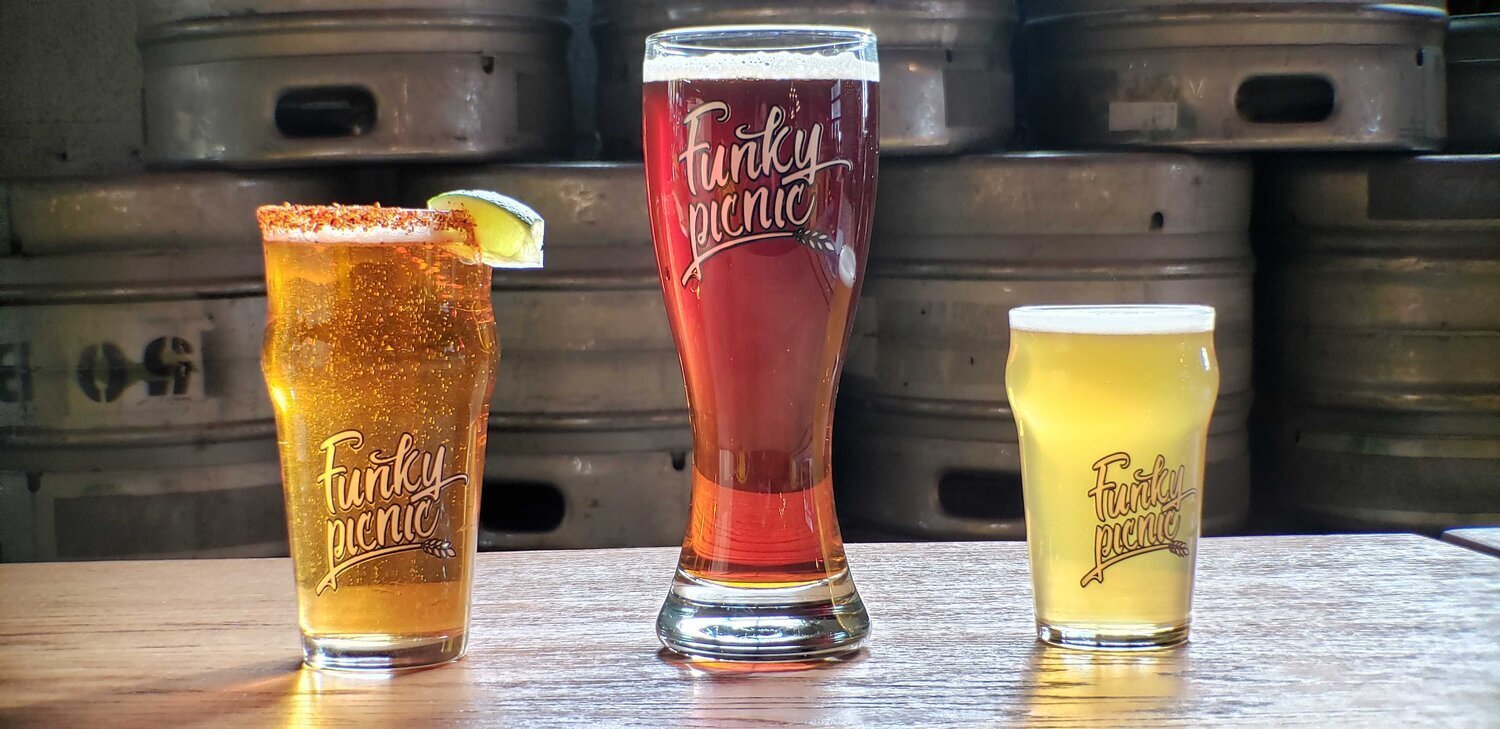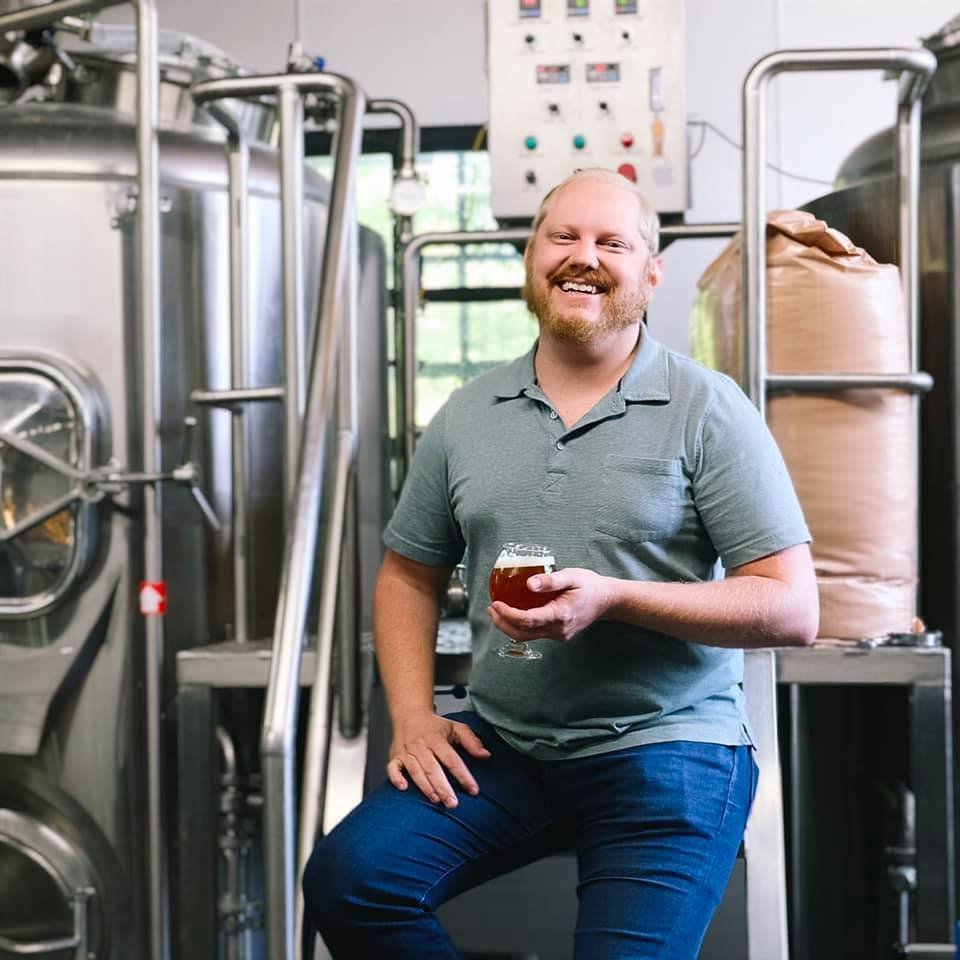Does Glassware Matter?
If you’ve been around craft beer for any amount of time, you will notice that there are several different types of glasses being used. Some are tall, and some are short. Some are straight; some are curvy. Some breweries even have specific glasses just for one beer (see the Stange glass made just for Kölsch style)! But every beer glass is made for a purpose. Below, we will explore the various design aspects of craft beer glasses and why particular glasses have their own specific design.
Material: It wasn’t until the end of the 19th century that true “glass”-ware was widely available to the average beer drinker due to the mass production of glass. Before then, most beers were drunk from clay/ceramic/stone glassware. The beer vessel “stein” literally translates to “stone in German.” Because the drinkware was not transparent, drinkers were not as concerned with the murky dark beer. With the commercialization of glassware around the same time Pilsner was being developed, it helped propel the crystal-clear pale lager (and its various imitations) to its current worldwide popularity. Lids were eventually added to steins during the Bubonic Plague to prevent flies from landing in your beer and spreading disease. Today most drinkware is made of glass, but other materials do exist. Stone, clay, metals, and even wooden drinkware insulate beer much better than glass, but they do not allow the beer to be shown off to everyone around you!
Volume: Depending on the style of beer, beers will be served at a certain volume. European lagers and other low abv beers can be served at higher volumes due to a lower risk of becoming overly inebriated. Therefore, you will see these beers poured in large volume glasses like Pilsner glasses, liter-sized Mass mugs, and the occasional Das Boot. Higher abv beers, like Imperial Stouts, Belgian Dark Strong Ales, and Barleywines will be served in smaller Snifters, Tulips, and Goblets, due to their higher abv.
Geometry: The curvature of most beer glasses (especially Tulips and Snifters) allows the aroma to be concentrated, allowing the drinker to breathe in the beer. Aroma is strongly linked to taste, and therefore, smelling a beer more fully will allow you to taste the beer more fully. The very common American Shaker Pint is terrible at trapping the aroma and generally should not be used for beer.
Thickness: The thickness of the glass determines how fast the beer will warm-up, either from the ambient air or from holding it. The thicker the glass, the longer it will keep the beer cold. The thinner, the faster it will warm up. Glasses like Pilsner glasses, Nonic Pints, Dimpled Pub Mugs, and American Shaker Pints are made of thicker glass because they are likely to hold higher volumes of beer that are also served at lower temperatures. So, the thicker glass will keep them colder longer. Tulips and Snifters will be made of thinner glass and will allow the smaller volume (and thus likely higher abv) beers to really open up more as they warm.
Stems: Stems allow a few things to happen. First, stems (and mug handles) allow you to drink your beer without touching the base of the glass and not allowing your hand to warm up the beer. Longer stems also allow very clear and sometimes colorful beers to show off. Tall slender Flutes allow colorful beers like Framboise and Kriek to really show off their vibrant pink and red hues.
Here at Funky Picnic Brewery & Cafe, we use a variety of glassware. For the majority of our beers (like Funny Accent Extra Special Bitter and Its Called Lovebus Hefeweizen), we use 16-oz, and 10-oz Nonic Pints for our full and half pours. They allow for a large amount of volume for our mid-range abv beers and enough thickness that your beer stays cold enough. For our stronger beers (like Outrageous Accent English Strong Ale), we use the smaller 13-oz snifters that allow for enough enjoyment of a big beer without becoming too intoxicated. Then we have our big 20-oz Pilsner glasses for our lagers (like Vibes Kölsch and Coasters!!! German-style Pilsner) made of thicker glass for keeping the larger volume cold the longest, especially since most of those beers are lower abv. So whatever glass you are drinking out of, raise it high, and cheers to beer glassware everywhere!
For details on specific beer glasses, check the Cicerone Program’s ‘Guide to Beer Glassware’ here:
https://www.cicerone.org/sites/default/files/pdfs/Glassware-web.pdf
Author: Collin Zreet
Collin Zreet is a native Texan and is a founding member and co-owner of Funky Picnic Brewery and Café. He is a Certified Cicerone and Certified BJCP Beer Judge, specializing in beer and food pairings. When he is not thinking about beer, he enjoys spending time with his wife, Taylor, son, Alder, and dog, Rocco.


